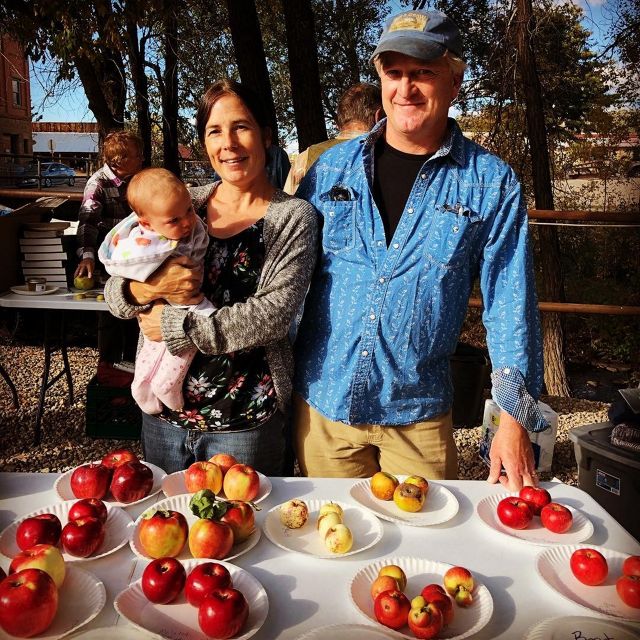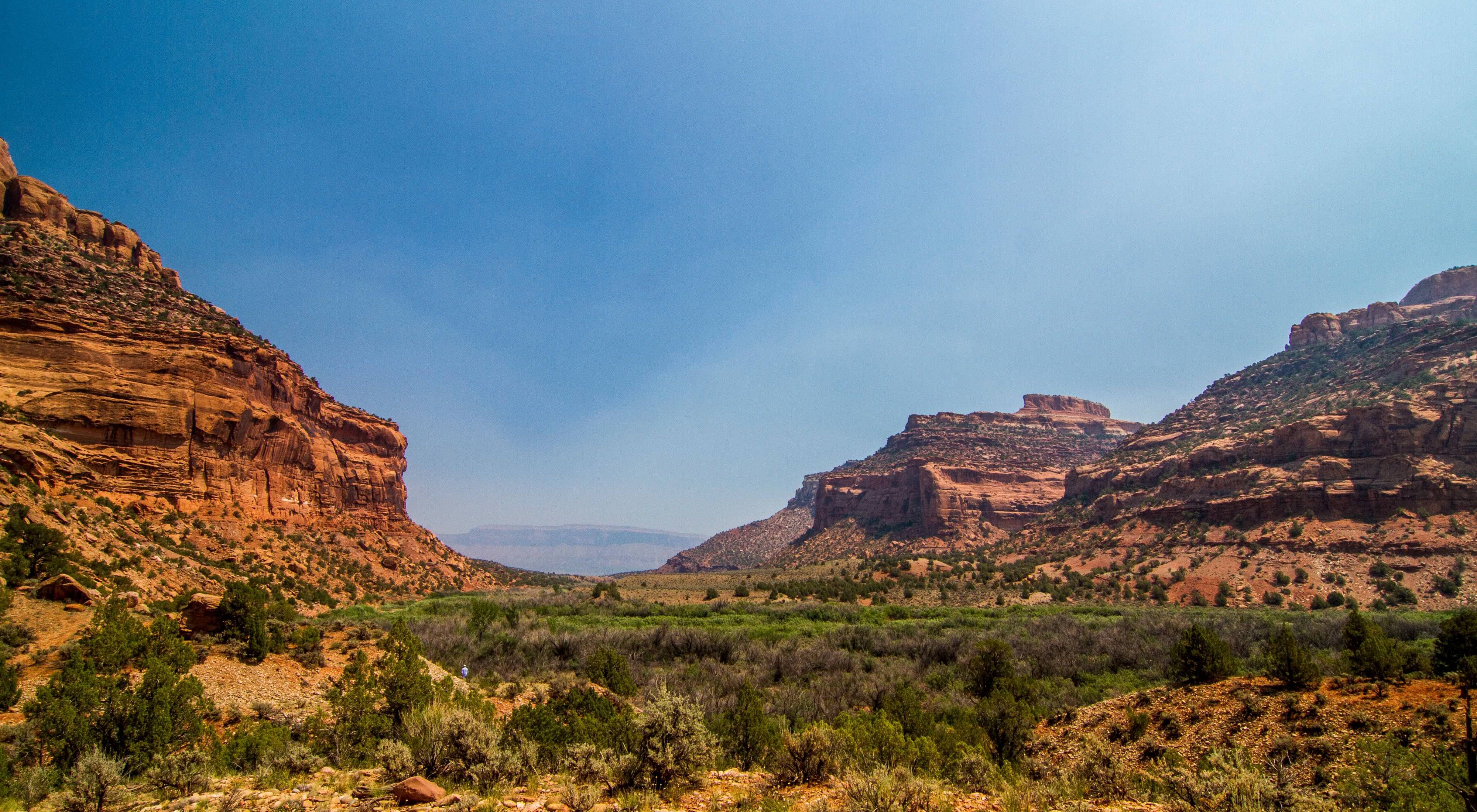Growing Apples to Conserve Water
Two apple growers in the Colorado River Basin are hoping to support their local economy while conserving water.
For Jude and Addie Schuenemeyer, growing apples preserves a rich cultural history in Colorado. And, growing apples might just be a viable solution to supporting their local economy while sustainably managing water in the drought-stricken Colorado River Basin.
The Colorado River is often called America’s hardest-working river. Demands for water exceed supply, causing the river to dry up before it reaches the sea. Water from the river irrigates more than five million acres of agricultural land and provides drinking water for 40 million people across seven states and two countries. And the lack of water will only get worse as climate change increases drought and water scarcity in the West.
The scale and consequences of water and the Colorado can seem insurmountable. But, Jude and Addie are hoping their pilot project will provide a solution and spread hope for the river.

Reviving Heritage Apple Orchards
In the early 1900s, apples were a big part of the economy along the Dolores River, a tributary to the Colorado River. In fact, apples were once Colorado’s main fruit crop. But over time, apple orchards gave way to hay, alfalfa and other crops that were more lucrative—and also more water intensive.
“Bringing back apples is not only about preserving the past,” says Jude, who alongside his wife Addie is a co-director of the Montezuma Orchard Restoration Project (MORP). “Apples use less water than other common crops in the area, and historic, wide-spaced orchards provide habitat for native pollinators, wildlife and plants. By testing irrigation strategies and looking into reviving apple production, we can increase the understanding of how to best provide food and manage water sustainably for the area.”
Jude added that Montezuma County has a higher concentration of old apple trees–70- to 100-plus-year-old trees–than probably any other place in the United States. A lot of these trees are the last one or two trees of their kind on Earth, with no match in the national repository.
“There’s just thousands of trees out there, and they are these old beautiful orchards, their own little ecosystems and ecologies, with grass for grazing and a lot of wildlife,” says Jude.
Through MORP, Jude and Addie want to preserve these trees into perpetuity and help spur a new apple economy based on these old varieties.
Quote: Jude Schuenemeyer
Apples use less water than other common crops in the area, and historic, wide-spaced orchards provide habitat for native pollinators, wildlife and plants.
TNC and MORP Working Together
TNC supported MORP in buying 36 acres to convert from flood-irrigated pasture grass back to an apple orchard. There, we will help MORP improve irrigation efficiency and showcase efficient water use practices, such as drip irrigation, to local farmers. By planting native grasses between the trees, like buffalo grass and blue grama, the soil holds in more moisture and the whole area becomes more resistant to drought.
This project will help preserve the local fruit-growing history and aim to restore an orchard culture and economy to the southwest. Jude and Addie see opportunity in markets for locally-grown juice and hard cider.
“Now there’s consumer demand like never before for old varieties, local, sustainably grown foods,” says Jude. “These old varieties have a story and consumers will buy into that. Apples economically have a place in our future.”
Along with the orchard, MORP and TNC are planning to invest in market interventions, like funding a mobile juicer, to develop capacity in the nearby town of Cortez and press apples into juice. This pilot project will test whether orchards hold potential as a less water-intensive crop that can provide prosperity.
“In rural parts of the state, this could be a real economic benefit, and it’s a good return on investment,” says Jude.

It’s About Community
MORP is all about involving the local community at every step of the process. By building a classroom, hosting community events, working with Americorps volunteers and partnering with local farmers, Jude and Addie are aiming to make orchard cultivation replicable for others in the region.
“I see this as a community-based project that supports local agriculture, while also helping the region think about its options in an increasingly dry future,” says Celene Hawkins, TNC’s Western Colorado water project director.
MORP is using their orchard to create a genetic bank for the rare heirloom apples they’re producing. All these efforts are pointed toward reviving the apple economy on a broader scale.
“Everything we do we have to look forward quite a bit. We think of things in 100-year cycles—one hundred years from now, what are we going to make the world look like, and how are we going to impact that in a positive way? That’s what you do with orchards, you think long-term,” says Jude.
Crop switching is one example of our work throughout the Colorado River Basin to find solutions that conserve water. Switching crops may be a tool to benefit both rivers and the rural communities that depend on them. As climate change increases drought and water scarcity, we are working to protect this overburdened river and find solutions that benefit people and nature.
